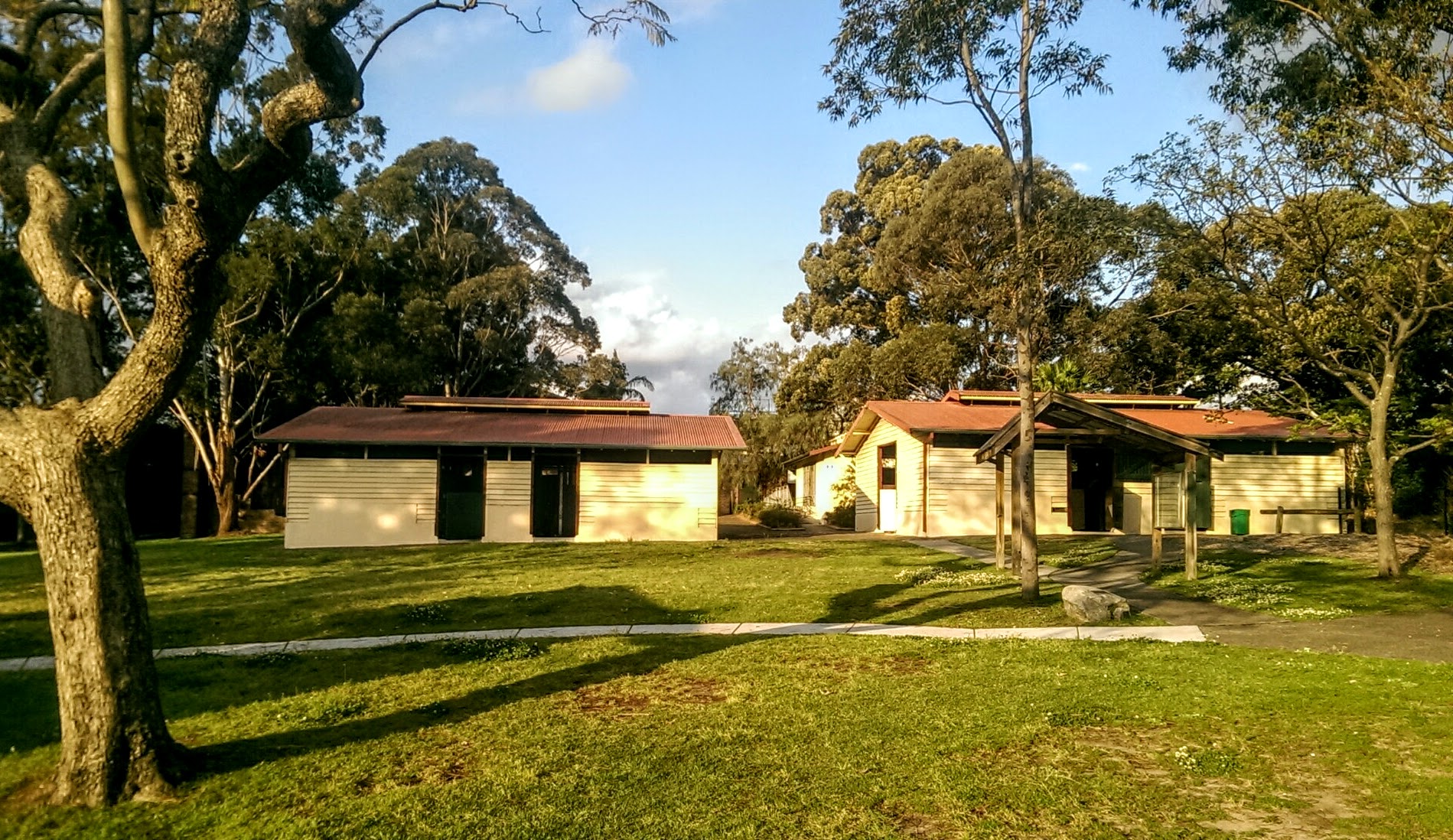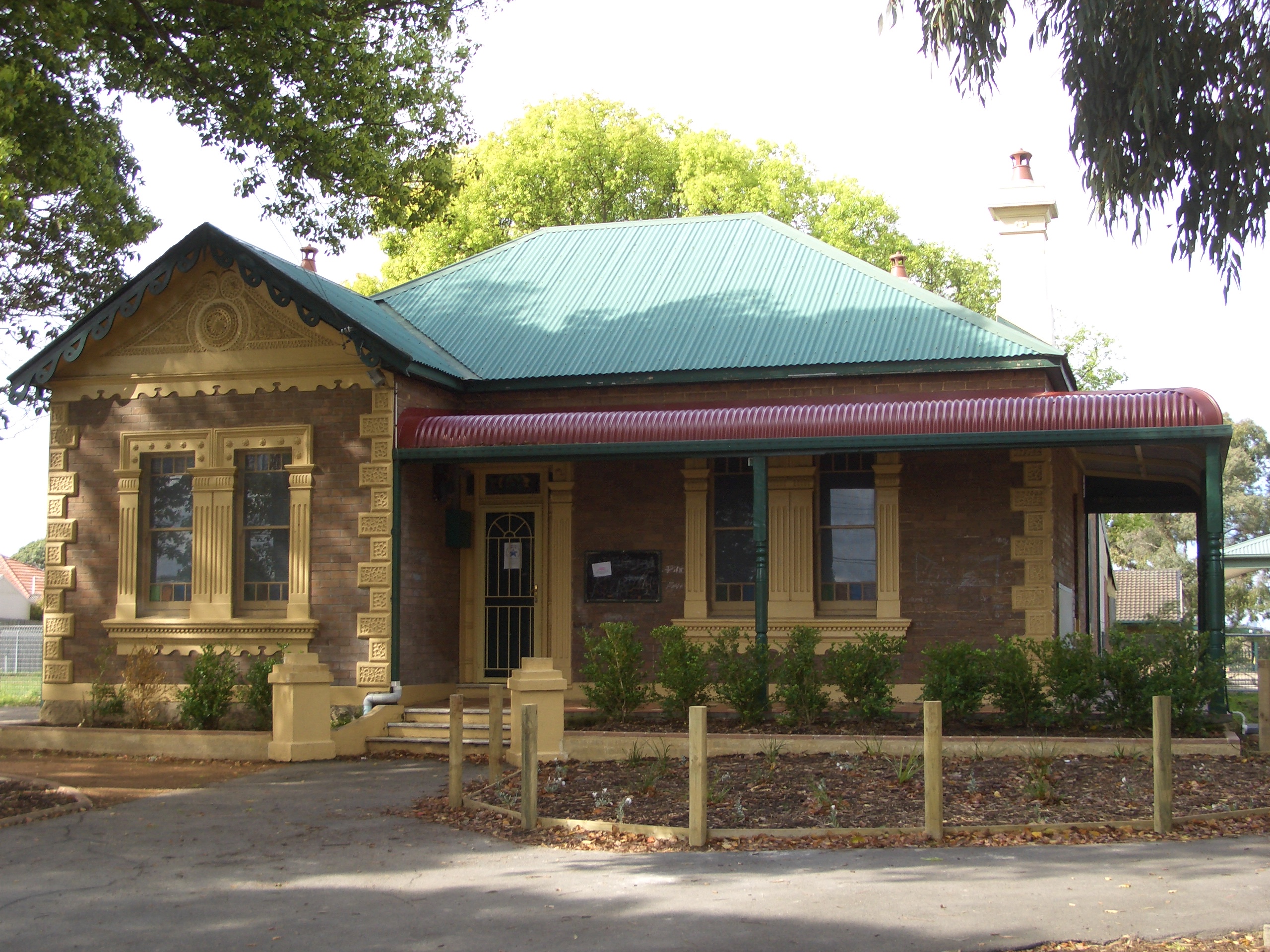Abbotsford is a suburb located in the Inner West of Sydney, New South Wales, Australia, which prior to British settlement was inhabited by the Wangal people of the Eora nation. This Aboriginal group called the area around Abbotsford,
Bigi Bigi. It is thought, that the leader of the Kissing Point Clan, named Bidgee Bidgee, back in the early 1800s, might be buried somewhere in Abbotsford.
By the time that Surgeon John Harris was given a 1,500-acre land grant in 1806, which included the area, which would become the suburb of Abbotsford, the area had been subject to seven earlier land grants, that had reverted to the crown. Governor King's grant to Surgeon Harris encompassed the present-day suburbs of Abbotsford, Drummoyne, Chiswick & Five Dock and became known as
Five Dock Farm, named after the five rocky inlets, in the nearby bay.
 |
| Bennelong belonged to the Wangal people clan |
Five Dock farm was covered with bushland when convict gangs began clearing the land to build a road in 1828, following the plans of Surveyor-General Sir Thomas Mitchel, which joined Abbotsford with Parramatta Road. Years later, in the 1890s, the tram service came to Abbotsford.
In 1836, Surgeon Harris sold the Five Dock Farm to Samuel Lyons, a Sydney auctioneer and Lyons subdivided the land into 30 and 60 acre lots, in the following year.
Sir Arthur Renwick, a Scottish born philanthropist and politician, bought land and built a magnificent Victorian mansion in the area, which was constructed from 1877–1878 and cost £11,000 to build, at 2 Abbotsford Cove Drive. He called the house, which is a wonderful example of Boom Style architecture,
Abbotsford; naming it after the home of Sir Walter Scott, the famous author, back in Scotland. Montrose, Rokeby and Marmion Roads in Abbotsford are also named after works by Sir Walter Scott.
 |
| Abbotsford House, Abbotsford, New South Wales |
Interestingly, Sir Arthur Renwick, who was a member of parliament for 21 years, was involved in the push for the introduction of an old-age pension in New South Wales and he established The Old Age Pension League in 1895, which ran a successful publicity campaign. In those days, there was no social security system in Australia and charities like The Benevolent Society provided care for the poor, destitute people and orphaned children. Working at the Asylum in George Street, Sydney (now the Central Station site), Dr Renwick saw up close the problems of poverty and suffering. (
see here)
 |
| Sydney Morning Herald (NSW : 1842 - 1954), Monday 26 May 1902 |
Dr Renwick had reputedly made his fortune, but then he had lost much of it on mining investments, and so, he was forced to sell his Abbotsford house, which was sold by auction in 1905 and the land subdivided. Peter McIntosh purchased the property in 1906, then in the following year, he sold it to Albert Edward Grace, one of the founders of Grace Bros.
Abbotsford was becoming more suburban and with this change, the Abbotsford Swimming Baths opened in 1908. Then in 1917, Abbotsford house was sold to Nestlé, which was called the Anglo-Swiss Condensed Milk Company, at that time. The former home of Dr Renwick became offices and the company began work on becoming the "largest chocolate factory in the Southern Hemisphere". The Nestlé Abbotsford factory closed on 18 December 1991.
 |
| Schoolgirl physical education champions at the Nestle Factory, Abbotsford, NSW, circa 1930s / Sam Hood. SLNSW |
 |
| Abbotsford Baths, Parramatta River. 1900-1927; Sydney & Ashfield : Broadhurst Post Card Publisher |
 |
The Sun (Sydney, NSW : 1910 - 1954) Sun 4 Nov 1928 |
 |
| Daily Telegraph (Sydney, NSW : 1883 - 1930), Saturday 12 March 1927 |
 |
| Cumberland Argus and Fruitgrowers Advocate (Parramatta, NSW : 1888 - 1950), Saturday 30 December 1916 |
A park at Abbotsford, called Quarantine Reserve, was once the site of an animal quarantine station, which fittingly, sat at Hen and Chicken Bay. The quarantine station moved from the current Taronga Zoo site to the Hexham Estate, where an Italianate Victorian house called
Hexham (formerly
Emmaville, by the Bell family, and then,
Blanchlands) had stood. Lewy Pattison of Soul Pattison chemist shop fame bought the house. But in 1982, the house was damaged by fire and had to be demolished. The quarantine station is also closed and now. However, you can visit the park and
explore some of the remaining buildings. (
read more)
 |
| The Quarantine Reserve |
Henry Lawson, one of Australia's greatest bush poets, died on 2nd September 1922 at Abbotsford. The son of a Norwegian father who had come to Australia for the gold rush, the Australian Lawson family changed the family named from Larsen to Lawson. Having suffered an ear infection while still a child, Lawson was completely deaf by the age of 14, divorced acrimoniously, he also had trouble making enough money to survive and spent time in Darlinghurst Gaol and psychiatric institutions.
 |
| Photographic portrait of Australian bush poet Henry Lawson |
Lawson met Mrs Isabel Byers in 1903, who had been separated from her husband for many years. Mrs Byers was also a poet and the pair began a 20-year friendship. Mrs Byers nursed Lawson through his alcoholism and mental illnesses and it was at her home at Abbotsford that the great man died.
 |
| Scone Advocate (NSW : 1887 - 1954), Friday 8 September 1922 |
Abbotsford certainly has had an interesting history as a place of the Wangal people, as farmland and a place of convict labour. Interesting people have lived here, who have contributed hugely to the Australian life. Useful buildings have been built at Abbotsford and it
still is an interesting place to visit and to live.
 |
| Abbotsford Refreshment Saloon, circa 1900-1927 |
 |
| Parramatta River, Abbotsford, circa 1900-1927 |
 |
| "Chatham House" 380 Great North Road Abbotsford, built 1910 |
 |
| Abbotsford Public School. 348 Great North Road, Abbotsford, NSW, circa 1924 |
 |
| 348 Great North Rd, Abbotsford, NSW |
 |
| Abbotsford (foreground), Hen and Chicken Bay |
 |
| Abbortsford from the water |
 |
| Abbortsford wharf |
 |
| Aboriginal totems from the Museum of Sydney |
|














.jpg)




